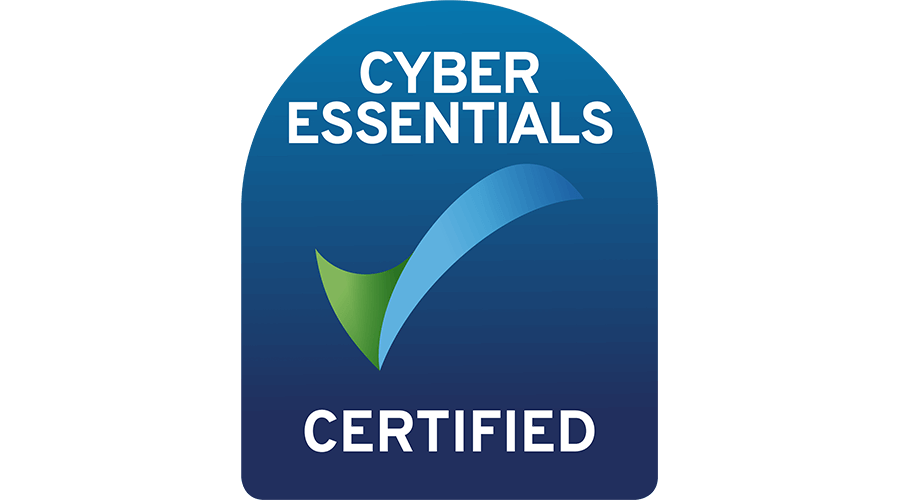At some point, every employer-employee relationship comes to an end. Typically, this would be via either the employee resigning or the employer terminating the employment contract. When terminating an employee’s contract, if an employee has unfair dismissal rights, there are 5 potentially fair reasons upon which an employer must dismiss. The most commonly used reasons by employers are dismissal because of conduct or capability (i.e. performance).
However, a time old problem that arises is where an employer takes the view that an employee is no longer a ‘good fit’ (e.g. because of personality clashes or they are simply going through the motions with their work) but has failed to deal with either previous conduct or performance issues (or both).
When an employer decides that an employee has to leave the business quickly, there may be no existing conduct issues they can utilise or they may be unwilling to follow a performance management procedure, which can take months. An employer can also sometimes sense when an employee may be unhappy and would not be averse to a mutual termination of their contract on agreed terms. This is where ‘protected conversations’ come in and can be used to remove a difficult or problematic employee (they are also sometimes referred to as ‘pre-termination negotiations’).
What is a protected conversation?
A protected conversation is a discussion held by the employer with the employee that has a special status in employment law. Put simply, it allows the employer to have an ‘off the record’ conversation with the employee about the potential termination of their employment whereby a financial package/proposal can be presented.
They differ from ‘without prejudice’ discussions because there does not have to be a pre-existing dispute between the parties. By way of example of the difference, if an employee was subject to disciplinary proceedings and, during that process the employer wanted to make a termination proposal, they would do so on a without prejudice basis, rather than hold a protected conversation.
In practice, the two types of confidential discussions can often be mixed up by employers and the protection conferred will depend upon the specific circumstances of the case.
How do you hold a protected conversation?
This can be done in the much the same way as any other conversation is instigated. Best practice would be to invite the employee to a meeting for an initial discussion. The important words to say or write at the start of any communication is that you are having a protected conversation (and ideally, state that it is being carried out pursuant to Section 111A of the Employment Rights Act 1996).
Practical Tip
If inviting an employee to have a protected conversation by email, be sure to include the words in the subject line of the email (which will make it easier to search for later on) and at the start of the email itself.
Can protected conversations be disclosed?
The existence of such conversations (save for a few exceptions outlined below) should not be disclosed and must remain confidential from an Employment Tribunal. This is the case whether the protected conversation is verbal or set out in writing (e.g. over email/WhatsApp).
What can a protected conversation not be used for?
A protected conversation that relates to any of the following issues are not protected:
- automatically unfair dismissal, such as, whistleblowing, health and safety or asserting a statutory right;
- breach of contract or wrongful dismissal; and
- discrimination, harassment, victimisation or other treatment prohibited by the Equality Act 2010.
When can a protected conversation actually lose its protection?
As a starting point, a protected conversation, subject to the excluded issues set out above, will be confidential and inadmissible as evidence at an Employment Tribunal.
However, a protection conversation can lose its special status if there is any “improper behaviour” in the subsequent negotiating process. The ACAS Code of Practice for Settlement Agreements provides a non-exhaustive list of improper conduct. A typical example is where an employer presents a settlement offer via a protected conversation, but gives a very short time frame in which the employee may accept the offer and perhaps puts additional pressure on them to agree (effectively forcing them out of the business).
In doing so, the employer runs the risk of a potential constructive dismissal claim from the employee and the protected conversation being admissible as evidence.
Conclusion – a useful tool but tread carefully
In circumstances where a protected conversation is deployed, there will have been no real pre-existing dispute. However, this can also mean that if an employer misjudges the situation and initiates a protected conversation, it may feel as if it has ‘come out of the blue’ for the employee. This risks irreparable damage being done to the relationship and, potentially, a constructive dismissal claim.
However, used properly, they can be an extremely effective tool for removing an employee from a business, without otherwise having to go through lengthy procedures that may not even lead to an employer being able to terminate the contract safely.
Seeking legal advice from the outset
If you are thinking of having a protected conversation, it’s safest to seek expert advice beforehand. A little bit of time spent in preparation can potentially save a lot of time and cost later on.
For more information and assistance on this or any other employment matter, please email lawyers@rooksrider.co.uk and member of our Employment team will be in touch.

